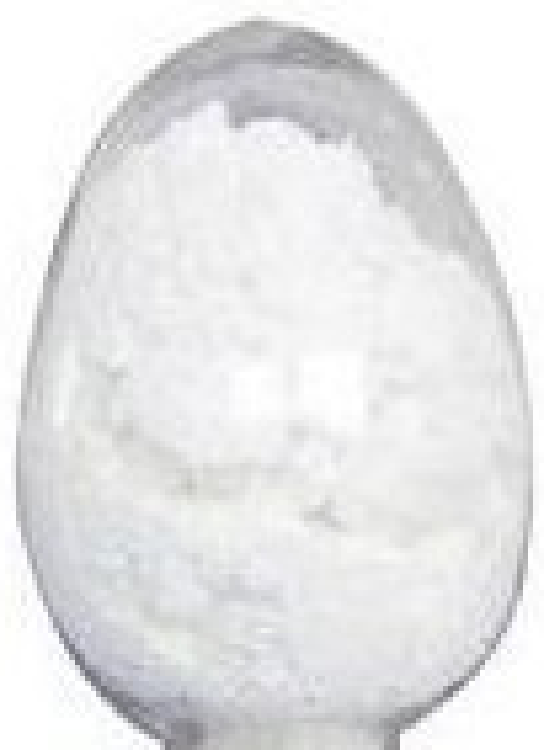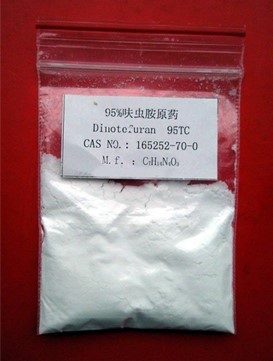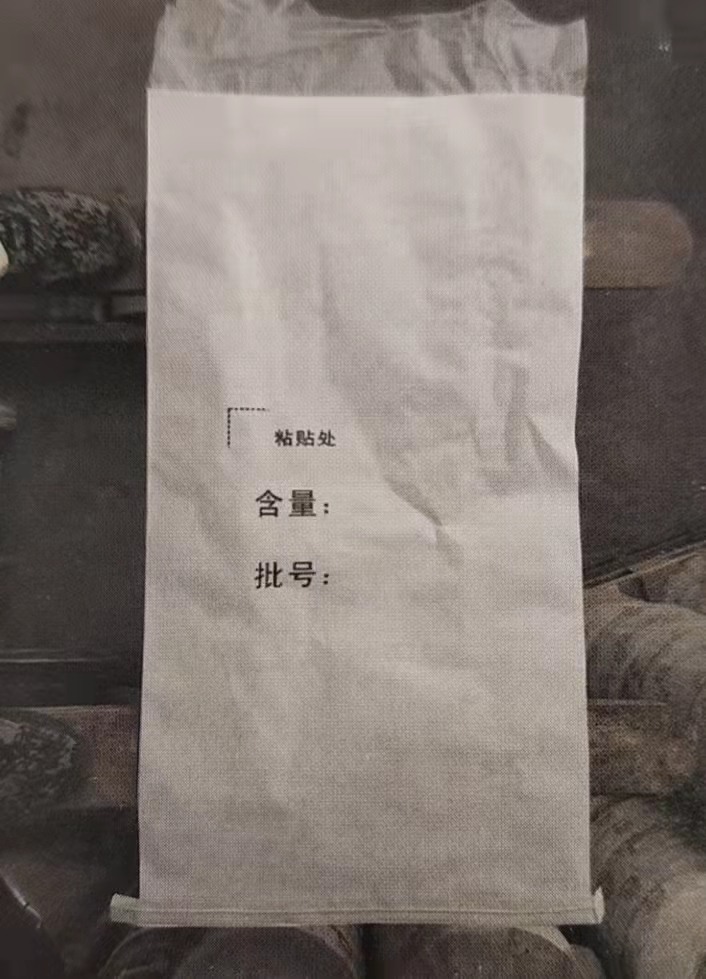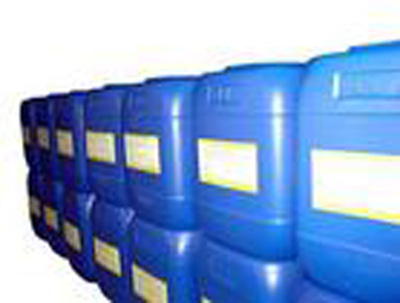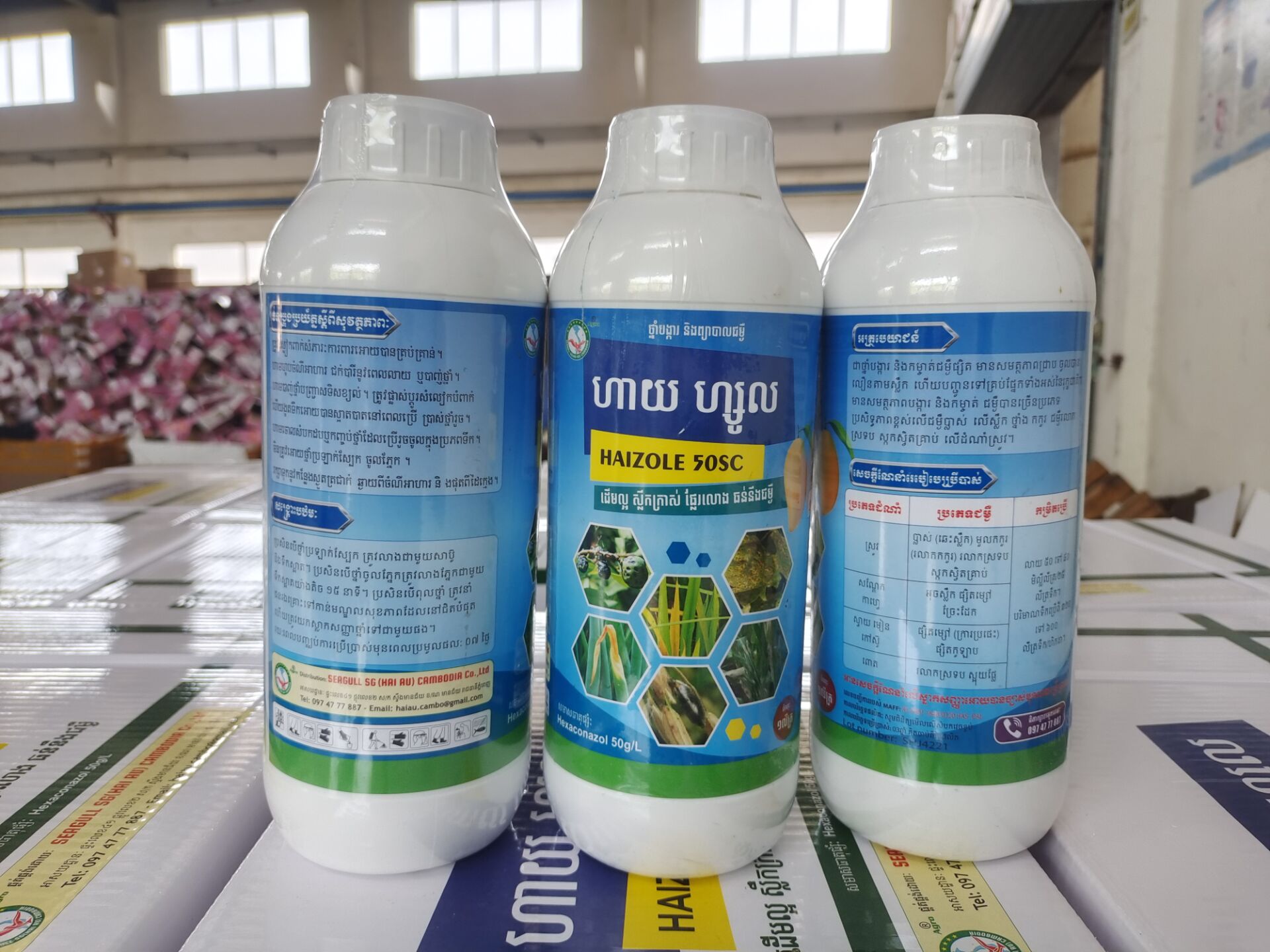Agrochemicals
Find
218
related chemicals for you
CAS:165252-70-0
Molecular Formula:C7H14N4O3
Alias
More Information
N-Methyl-N’-Nitro-N″-[(Tetrahydro-3-Furanyl)Methyl]Guanidine; 1-Methyl-2-Nitro-3-((Tetrahydrofuran-3-Yl)Methyl)Guanidine; (Rs)-N-Methyl-N'-Nitro-N''-[(Tetrahydro-3-Furanyl)Methyl]Guanidine; Albarin; Mikeblock; Starkle
Brief Introduction
Dinotefuran is a new nicotinic insecticide. Its mechanism is to destroy the nervous system of insects by inhibiting nicotinic acetylcholine receptor. It has excellent characteristics such as high efficiency, broad spectrum, safety to birds and mammals, and good internal absorption and permeability. It is used to control Lepidoptera, Hemiptera, Orthoptera, Hymenoptera and other pests in rice, vegetables and fruit trees.
Suppliers
View More Vendors (4) >
CAS:43121-43-3
Molecular Formula:C14H16ClN3O2
Alias
More Information
Amiral; Bayleton; 1-(4-Chlorophenoxy)-3,3-Dimethyl-1-(1,2,4-Triazol-1-Yl)Butanone; Rofon; Sameton; Miltek; Nurex; Otria
Brief Introduction
Triadimefon is an efficient and broad-spectrum azole bactericide, which has the effects of prevention, treatment and eradication, and strong internal absorption (can conduct up and down). It has special effect on powdery mildew, rust and smut. Its bactericidal effect is to inhibit ergosterol biosynthesis. It is mainly used to control diseases of wheat, fruit trees, vegetables, melons, flowers and other crops.
Suppliers
View More Vendors (4) >
CAS:50-00-0
Molecular Formula:CH2O
Alias
More Information
Formol; Oxymethylene; Methanal; Formic Aldehyde; Morbicid; Formalin; Superlysoform; Methyl Aldehyde; Methylene Oxide; Lysoform; Hcho; Oxomethylene; Methylene Glycol; Formalith; Fannoform; Oxomethane; Formaldehyda
Brief Introduction
Formaldehyde is an important organic raw material, which is mainly used in plastic industry (such as phenolic resin, urea formaldehyde plastic electric jade), synthetic fiber (such as synthetic vinylon polyvinyl formal), leather industry, medicine, dyes, etc. Formalin has the ability of sterilization and antisepsis. It can soak biological samples. Its dilute solution (0.1-0.5%) can be used to soak seeds and disinfect seeds in agriculture. Catalytic oxidation is commonly used in industry to produce formaldehyde from methanol. Formaldehyde can react with silver ammonia solution to produce silver mirror, so that a thin layer of metallic silver as bright as a mirror is attached to the inner wall of the test tube (combined silver is reduced and formaldehyde is oxidized); It reacts with the newly prepared copper hydroxide suspension to form red precipitated cuprous oxide.
Suppliers
View More Vendors (4) >
CAS:77182-82-2
Molecular Formula:C5H18N3O4P
Alias
More Information
Ammonium Glufosinate; Glufosinate Ammonium; 2-Amino-4-[Hydroxy(Methyl)Phosphoryl]Butanoic Acid Amine; Ammonium (2RS)-2-Amino-4-(Methylphosphinato)Butyric acid
Brief Introduction
Glufosinate-ammonium is a non selective foliar organophosphorus herbicide. It is mainly used for killing weeds in orchards, vineyards, potato fields, nurseries, forests, pastures, ornamental shrubs and no tillage land, to control annual and perennial gramineous weeds, such as wild oats, horse Tang, barnyard grass, dog tail grass, quinoa, amaranth, Polygonum, shepherd's purse, Solanum nigrum, Zoysia japonica, purslane, dandelion and other broad-leaved weeds. It also has a certain effect on sedge and ferns.
Suppliers
View More Vendors (3) >
CAS:79983-71-4
Molecular Formula:C14H17Cl2N3O
Alias
More Information
Hexaconazol; 2-(2,4-Dichlorophenyl)-1-(1H-1,2,4-Triazol-1-Yl)Hexan-2-Ol; Sitara; Chlortriafol; Anvil Liquid; Hexaconzole; 2-(2,4-Dichlorophenyl)-1-(1,2,4-Triazol-1-Yl)-2-Hexanol
Brief Introduction
Hexazolol is a new generation of triazole high-efficiency bactericide developed after Triadimefon, diniconazole, tebuconazole, Difenoconazole and propiconazole. The bactericide was successfully developed by 1ciagrochemicals in the UK. It has obtained patents ep110536 (1985) and fr2469408 (1981). The biological activity and bactericidal mechanism of hexazolol are similar to that of Triadimefon and triazolol. It has the characteristics of wide antibacterial spectrum, strong permeability and internal absorption conductivity, and good preventive and therapeutic effect. The action mechanism is to destroy the chemical book and prevent the ergosterol biosynthesis of bacteria, resulting in the failure of the formation of bacterial cell membrane and the final death of bacteria. Hexazolol can effectively prevent and treat diseases caused by Ascomycetes, basidiomycetes and semiotics, especially diseases caused by basidiomycetes and Ascomycetes, such as powdery mildew, rust, scab, brown spot, anthrax, sheath blight and rice false smut, but hexazolol has no effect on oomycetes and bacteria. The application of the recommended dose on suitable crops is environmentally friendly and safe for crops, but sometimes it is harmful to some apple varieties.
Suppliers
View More Vendors (3) >
Inquiry (
10
/ 10
)
Clear All
You can inquire for up to 10 products at a time
Sign In
Error!


